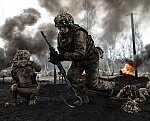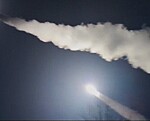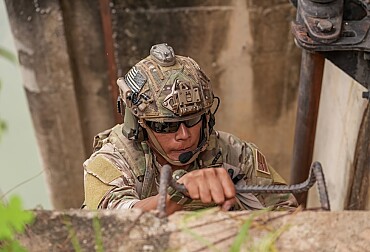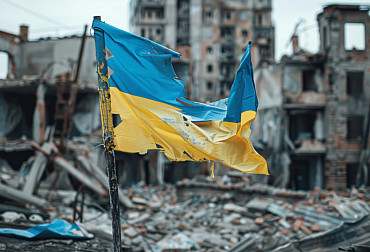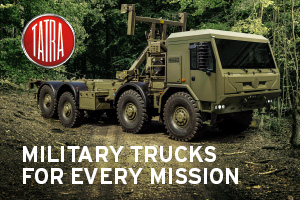End of orders on a piece of paper. The U.S. Army is ramping up the next generation of command and control
The United States wants to advance the implementation of a next-generation military command and control system by revamping the entire conceptthe entire concept of communications within the military. As part of the Next Generation Command and Control initiative, the Pentagon wants to eradicate outdated ways of transmitting even sensitive information and improve processes for using advanced technologies. In practice, this means, for example, an increased use of modern communication applications adapted for the military and thus simplifying battlefield orientation. The experience of partners in recent conflicts, including Israel and Ukraine, should help.
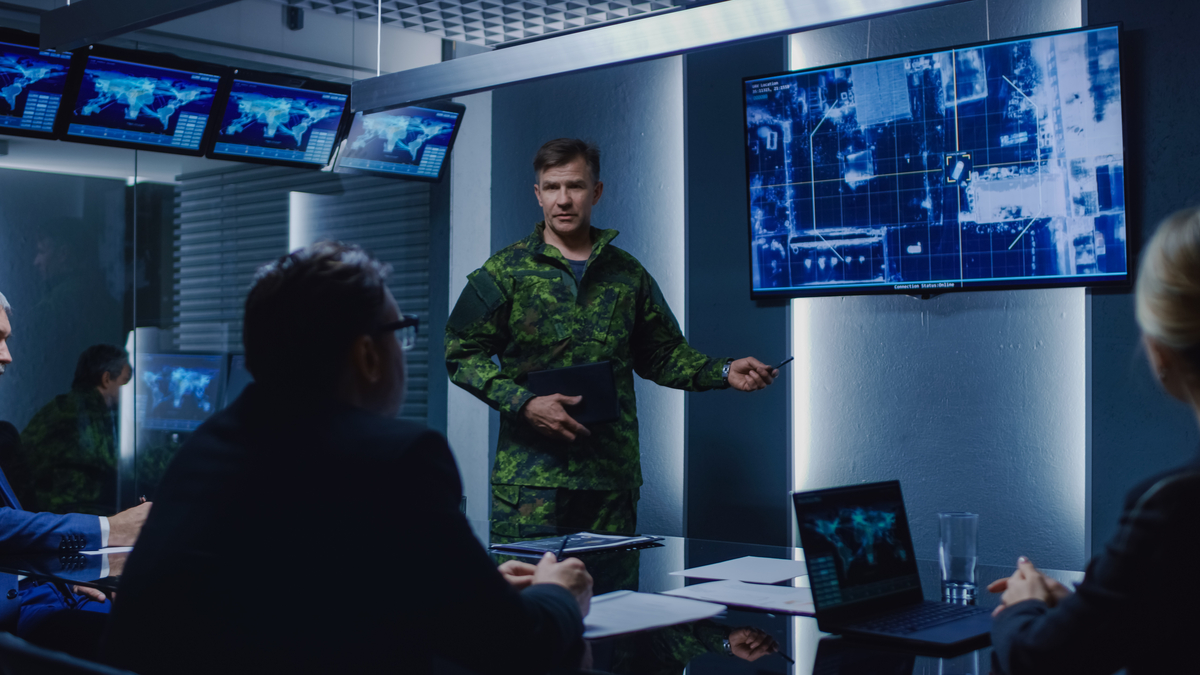
The Army's Next Generation Command and Control system, known as NGC2, has been developed in the US over the last 20 years in direct response to world events and the need to adapt to progress and current threats. The Army determined that its information systems should be modernized to meet the needs of commanders for large-scale combat operations against near-peer adversaries.
"Current mission command systems are not mobile enough, intuitive enough, or long-lasting enough to easily overcome current threats, changes in the nature of warfare, and the pace of technology. As part of the Army's ongoing transformation efforts, initiatives are being introduced to reshape how the Army operates, trains, and equips itself for command and control capabilities that enhance its lethality, mobility, and ability to survive large-scale combat within the joint force," explains the U.S. Executive Command, Control, Communications, and Networks Program.
It is a logical effort to streamline and modernize even the most basic processes, such as the storage and transmission of critical information. According to Major General Patrick Ellis, the director of the Army's Command and Control Modernization Branch, this is a basic necessity due to, among other things, historical experience – he said it is not uncommon to witness multiple violations in the field, such as critical data written on a piece of cardboard in the back of an officer's tank.
"There's probably still a unit somewhere today where, during an exercise, the intelligence officer writes everything down on a piece of sticky note, goes through the tactical operations center, hands it off to the weapons systems operator, who has to enter it into the launch systems to make it work," Ellis said during a Pentagon news conference. "We recognize that this simply does not match the speed that we need in the United States military." Washington puts the experience of recent global conflicts involving U.S. partners, namely Ukraine and Israel, as well as America's own experience in the Indo-Pacific, into direct context.
Implementing NGC2 is currently one of, if not the highest priority for the U.S. armed forces. Army leaders themselves recognize that in recent years the military may have fallen asleep and in many ways relied on old, time-tested, albeit basic systems. The principles are already being deployed in combat training and should soon be gradually ready for live deployment. Last year at the National Training Center at Fort Irwin, California, soldiers at Project Convergence, along with partners from tech giants including Google, Anduril and Palantir, demonstrated a desert intervention orientation. In a makeshift building environment, units and commanders communicated and planned reconnaissance, targeting and strike using only tablets or laptops and headsets. Soldiers used only their vehicles as operations centers, reducing their electromagnetic signature and the interceptable traces of tactical communications. Another example this spring was a battalion-wide exercise with these technologies, including the participation of ground demolition and mine clearance robots. The command praised the way the data was processed quickly using modern applications and the ability to analyze data faster than older methods allowed.
"We're trying to transfer these emerging technologies to where we can get that data better and faster to perform the mission. Next Generation C2 technologies are something that most people see and already do (in their daily lives). Now it's at the fingertips of commanders," said Lt. Col. Tad Coleman during maneuvers in the Mojave Desert. The use of the faster communications modules and the method of transmission was also applauded by other exercise participants, saying it helps them better portray the situation on the battlefield and keep an easier eye on ongoing events. "I totally believe that without proper communication you cannot win any war. It doesn't matter if it's weapons or logistics - if you can't talk to whoever you need to at the time, you won't be able to get it done. Everyone at every level needs to be able to communicate, synchronize and be on the same page so we can move forward and successfully accomplish our missions," described Staff Sgt. Victor Norman-Morris of his experience using NGC2 in the field.





